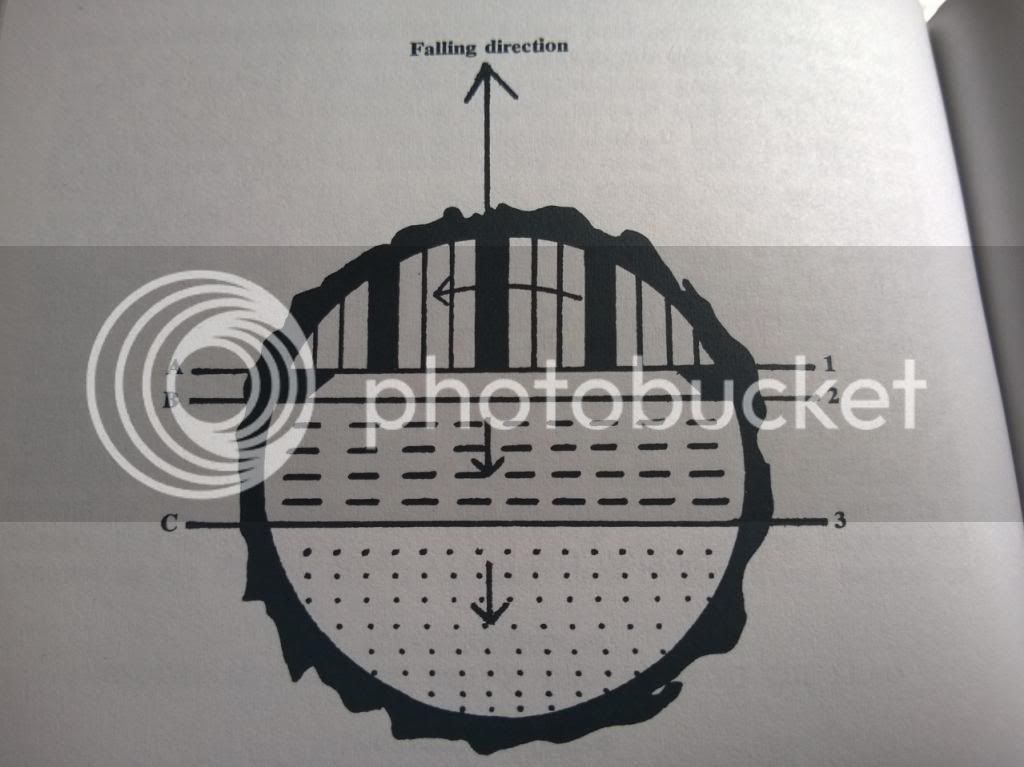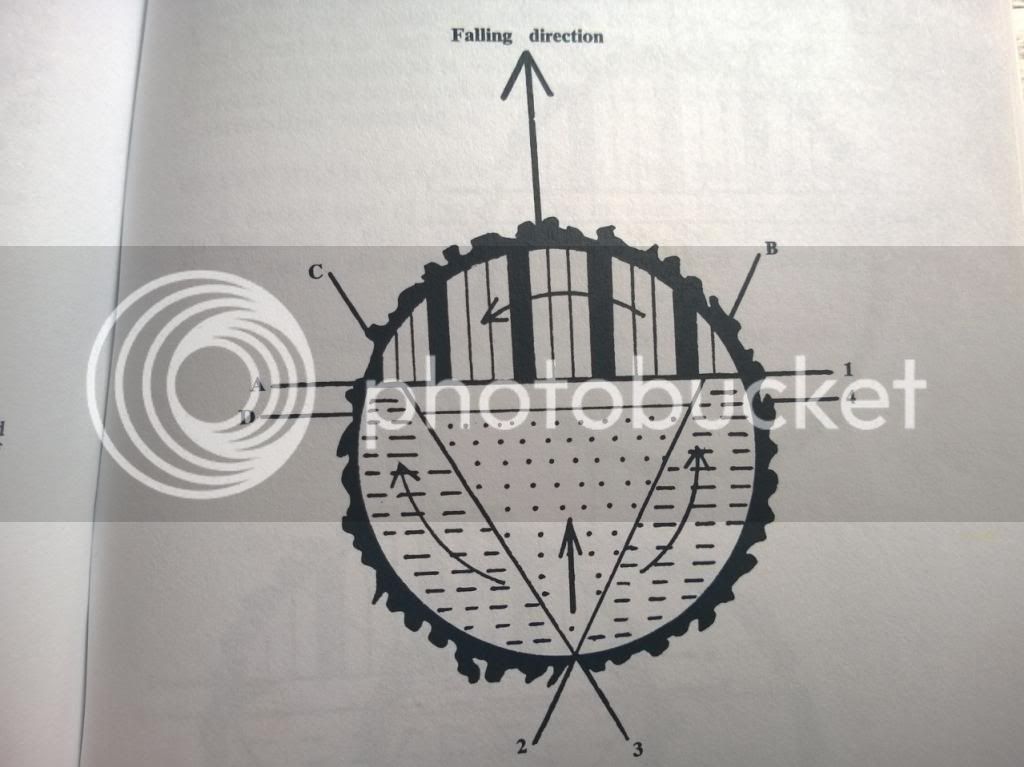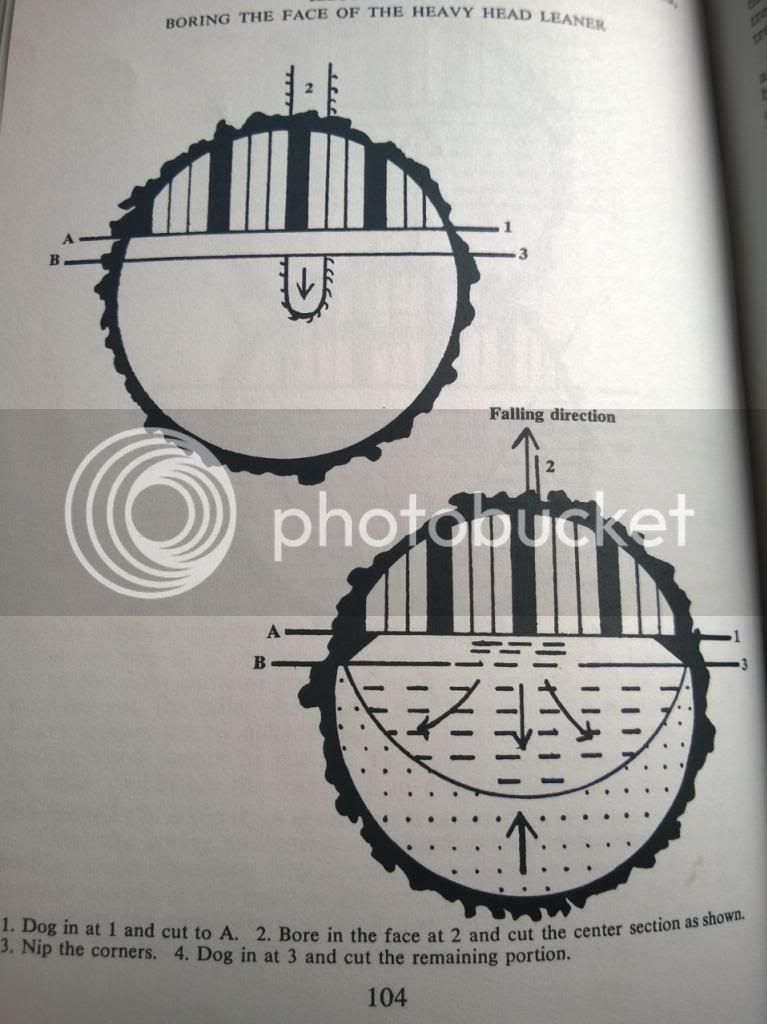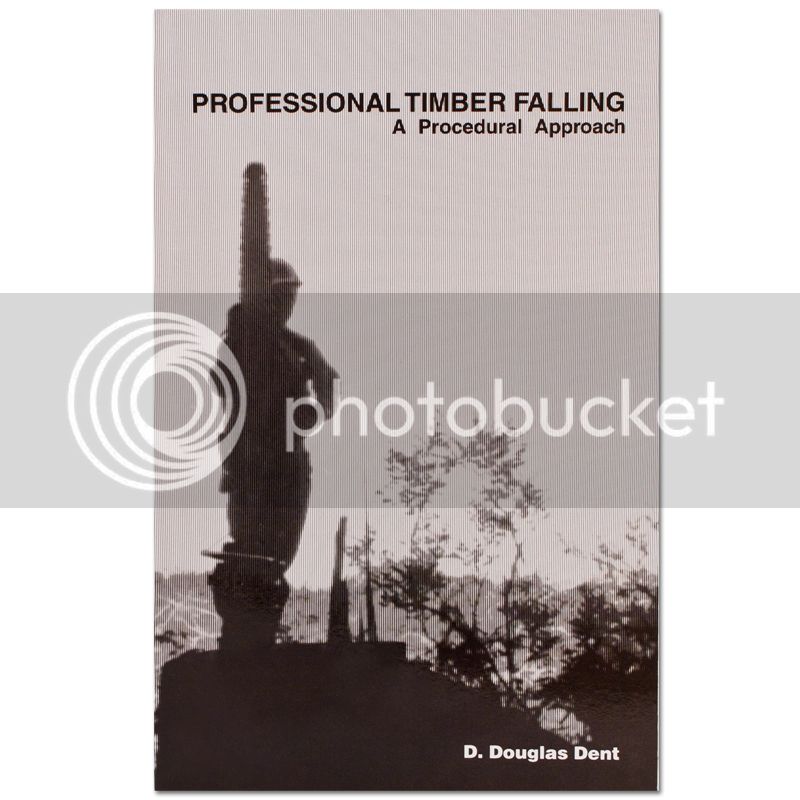Kafinlayson
ArboristSite Lurker
- Joined
- Feb 9, 2014
- Messages
- 36
- Reaction score
- 13
After reading the "mini barber chair" thread, I thought I would start another thread on leaning trees with a fresh start. On our farm, there are several leaning ash trees that are mostly 12" to maybe 20", and a couple of 16" to 24" oaks. Some of them lean quite a bit that are just inside the edge of the woods as they grew toward the light.
From what I gathered on cutting down leaners, there are three safer methods. (I am sure there are more but that was all that was mentioned in the thread) I am going to cut several of these down this spring/summer and am seeking advice on the safest way to do it. I could take pictures when out the next time if that would help.
One method that seemed to be accepted by the experienced ones on here was the 3 triangles (triangle Coos).
Then there was a regular facecut and boring the heart with leaving 2-3" on each side, followed by back cut. How far toward the opposite side of the face cut do you go?
Another method that I saw on youtube that looked to be a reputable cutter was to make the face cut and then plunge cut all the way through just behind the hinge and cutting away from the hinge. Leave a couple of inches at the back of the tree, remove saw and then cut the "trigger" with a regular backcut.
When would a person use one of these versus the others? Are they interchangeable? Any of the 3 safer than the others? Are Oaks different than Ash? I am not pretending to know how to do it but am seeking advice on how to cut some of these trees down safely.
From what I gathered on cutting down leaners, there are three safer methods. (I am sure there are more but that was all that was mentioned in the thread) I am going to cut several of these down this spring/summer and am seeking advice on the safest way to do it. I could take pictures when out the next time if that would help.
One method that seemed to be accepted by the experienced ones on here was the 3 triangles (triangle Coos).
Then there was a regular facecut and boring the heart with leaving 2-3" on each side, followed by back cut. How far toward the opposite side of the face cut do you go?
Another method that I saw on youtube that looked to be a reputable cutter was to make the face cut and then plunge cut all the way through just behind the hinge and cutting away from the hinge. Leave a couple of inches at the back of the tree, remove saw and then cut the "trigger" with a regular backcut.
When would a person use one of these versus the others? Are they interchangeable? Any of the 3 safer than the others? Are Oaks different than Ash? I am not pretending to know how to do it but am seeking advice on how to cut some of these trees down safely.




























































